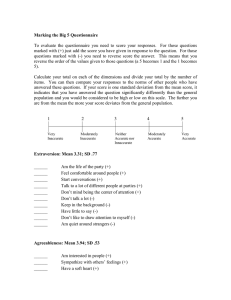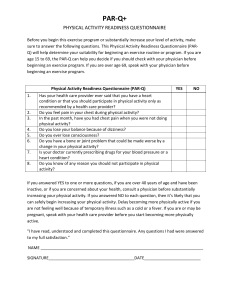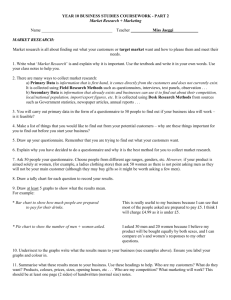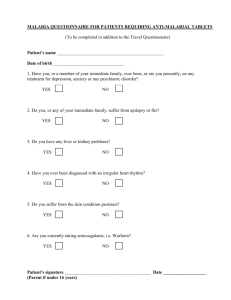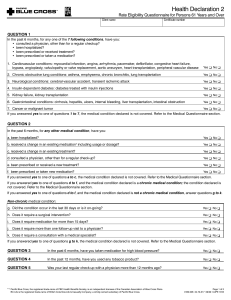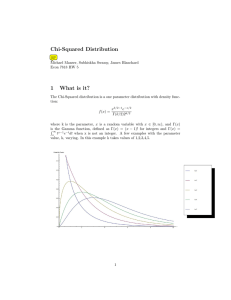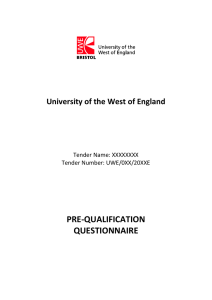IB Math Studies IA Criterion B – Information
advertisement
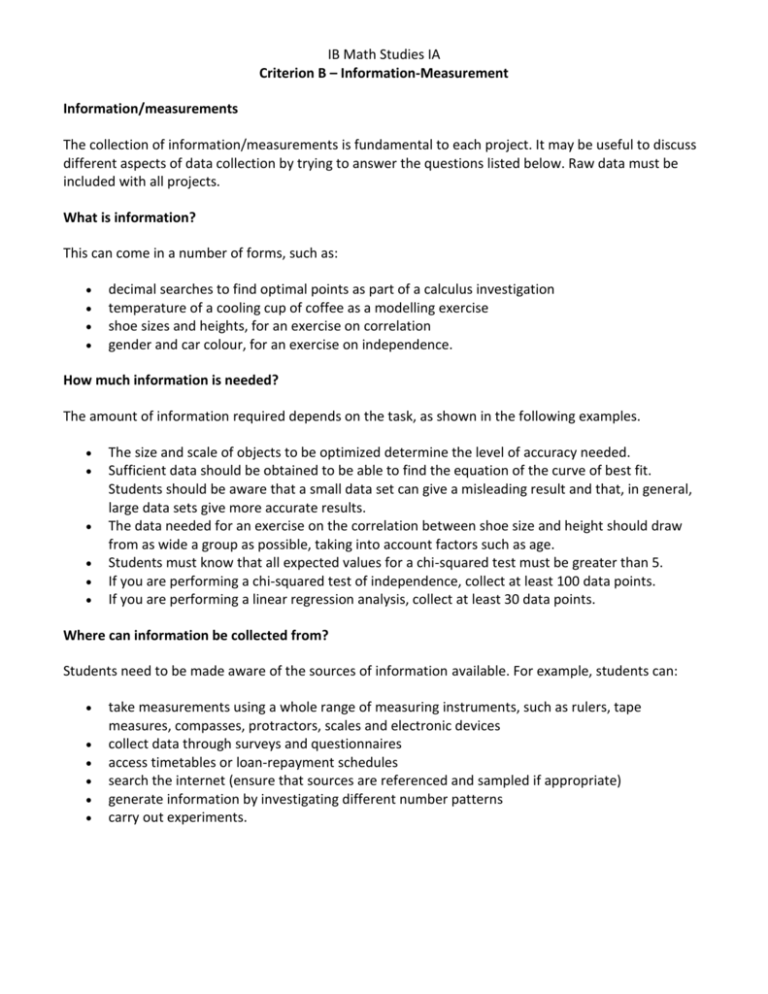
IB Math Studies IA Criterion B – Information-Measurement Information/measurements The collection of information/measurements is fundamental to each project. It may be useful to discuss different aspects of data collection by trying to answer the questions listed below. Raw data must be included with all projects. What is information? This can come in a number of forms, such as: decimal searches to find optimal points as part of a calculus investigation temperature of a cooling cup of coffee as a modelling exercise shoe sizes and heights, for an exercise on correlation gender and car colour, for an exercise on independence. How much information is needed? The amount of information required depends on the task, as shown in the following examples. The size and scale of objects to be optimized determine the level of accuracy needed. Sufficient data should be obtained to be able to find the equation of the curve of best fit. Students should be aware that a small data set can give a misleading result and that, in general, large data sets give more accurate results. The data needed for an exercise on the correlation between shoe size and height should draw from as wide a group as possible, taking into account factors such as age. Students must know that all expected values for a chi-squared test must be greater than 5. If you are performing a chi-squared test of independence, collect at least 100 data points. If you are performing a linear regression analysis, collect at least 30 data points. Where can information be collected from? Students need to be made aware of the sources of information available. For example, students can: take measurements using a whole range of measuring instruments, such as rulers, tape measures, compasses, protractors, scales and electronic devices collect data through surveys and questionnaires access timetables or loan-repayment schedules search the internet (ensure that sources are referenced and sampled if appropriate) generate information by investigating different number patterns carry out experiments. Designing a questionnaire There is skill involved in structuring a questionnaire to elicit the required information. The questions should be: clearly and courteously phrased appropriate in number capable of being answered by any person questioned capable of being answered easily and in a defined manner, for example, yes or no, a number, a place, a name capable of being answered truthfully and willingly regarded as being non-intrusive by those questioned. The author of the questionnaire should always be identified, and the reason for seeking the requested information should be explained. It is always advisable to trial the questionnaire on a small group first so that the questions can be refined before it is distributed to a wider audience. All data collected must be kept in a confidential and responsible manner and not divulged to any other person. Anonymity for each participant must be guaranteed. The data must not be used for any purpose other than that for which it was collected.

